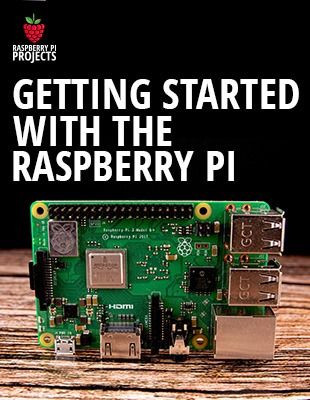The new PoE+ HAT has some issues, like using almost twice as much power for its own operation as the original PoE HAT. It does supply more power to the Raspberry Pi, but at least for the Pi 3 model B+ and 4 model B, does that even matter?
Mentioned in this video:
– Martin Rowan’s PoE+ HAT review: https://www.martinrowan.co.uk/2021/06/raspberry-pi-poe-hat-review-part-2-problems/
– Controlling PoE HAT Fan Speeds: https://www.jeffgeerling.com/blog/2021/taking-control-pi-poe-hats-overly-aggressive-fan
– My 3D-printed Pi Rack: https://www.youtube.com/watch?v=LcuNc4jz-iU
Equipment used in this video (some links are affiliate links):
– PoE HAT: https://www.raspberrypi.org/products/poe-hat/
– PoE+ HAT: https://www.raspberrypi.org/products/poe-plus-hat/
– Netgear 5-port PoE Switch: https://amzn.to/35rm2Um
– HP J9774A 8-port PoE+ Switch: https://amzn.to/3vraiMk
– Echogear 20U Network Rack: https://amzn.to/3zwV5wx
Support me on Patreon: https://www.patreon.com/geerlingguy
Sponsor me on GitHub: https://github.com/sponsors/geerlingguy
#RaspberryPi #PoE #Networking
Contents:
00:00 – tl;dw
00:53 – Thanks to GitHub sponsors!
01:24 – Original PoE HAT Problems
02:17 – PoE 802.3af is insufficient
03:34 – New PoE+ HAT
04:35 – PoE+ HAT Walkthrough
05:54 – Camera connector is screwed
06:45 – Other annoyances
07:24 – Fan comparison
08:30 – Power consumption
09:51 – Stress test
10:51 – USB-C power and coil whine
12:08 – Final verdict
13:28 – Clarification from Raspberry Pi
15:16 – Thanks and outtakes
source



